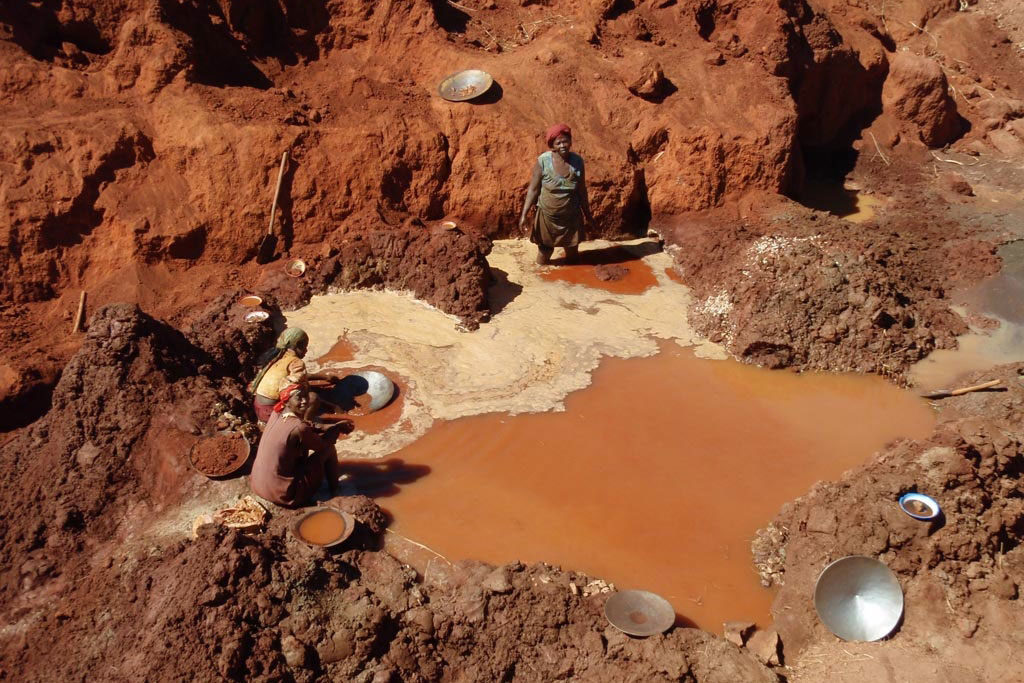Landmark UN-Backed Treaty on Mercury Takes Effect
UNITED NATIONS, 28 Aug 2017
UN News Centre – TRANSCEND Media Service
16 Aug 2017 – A ground-breaking global convention on mercury today goes into effect, the United Nations environment wing said, protecting millions of children and infants from possible neurological and health damage.
“Governments that are party to the Convention are now legally bound to take a range of measures to protect human health and the environment by addressing mercury throughout its lifecycle,” the UN Environment Programme (UNEP) said in a statement.
The Minamata Convention commits Governments to specific measures, which include banning new mercury mines, phasing-out existing ones, regulating artisanal and small-scale gold mining, and reducing emissions and mercury use. Since the element is indestructible, the Convention also stipulates conditions for interim storage and disposal of mercury waste.
The Convention – the first new global convention related to the environment and health in close to a decade – entered force today, 90 days after the fiftieth party ratified it on 18 May. There are now 74 parties to the Convention and 128 countries have signed it.
“The Minamata Convention shows that our global work to protect our planet and its people can continue to bring nations together. We did it for the Ozone layer and now we’re doing it for mercury, just as we need to do it for climate change – a cause that the Minamata Convention will also serve. Together, we can clean up our act,” said Erik Solheim, head of UNEP.

Artisanal small scale mining is responsible for up to 35% of global emission of mercury into the environment.
Photo: Global Environment Facility
The Convention takes its name from the most severe mercury poisoning disaster in history. In 1956, local villages suffered convulsions, psychosis, loss of consciousness and coma from eating the fish in Minamata Bay, Japan, in which industrial wastewaters had been dumped since the 1930s. Thousands of people were certified as having directly suffered from mercury poisoning, now known as Minamata disease.
According to UNEP, up to 8,900 metric tonnes of mercury are emitted each year. It can be released naturally through the weathering of mercury-containing rocks, forest fires and volcanic eruptions, but significant emissions also come from human processes, particularly coal burning and artisanal and small-scale gold mining. Mining alone exposes up to 15 million workers in 70 different countries to mercury poisoning, including child labourers.
Other man-made sources of mercury pollution include the production of chlorine and some plastics, waste incineration and use of mercury in laboratories, pharmaceuticals, preservatives, paints and jewelry.
“There is no safe level of exposure to mercury nor are there cures for mercury poisoning, which at high levels causes irreversible neurological and health damage,” UNEP said, particularly among unborn children and infants.
The first meeting of the parties to the Convention will be held 24 to 29 September in Geneva.
DISCLAIMER: The statements, views and opinions expressed in pieces republished here are solely those of the authors and do not necessarily represent those of TMS. In accordance with title 17 U.S.C. section 107, this material is distributed without profit to those who have expressed a prior interest in receiving the included information for research and educational purposes. TMS has no affiliation whatsoever with the originator of this article nor is TMS endorsed or sponsored by the originator. “GO TO ORIGINAL” links are provided as a convenience to our readers and allow for verification of authenticity. However, as originating pages are often updated by their originating host sites, the versions posted may not match the versions our readers view when clicking the “GO TO ORIGINAL” links. This site contains copyrighted material the use of which has not always been specifically authorized by the copyright owner. We are making such material available in our efforts to advance understanding of environmental, political, human rights, economic, democracy, scientific, and social justice issues, etc. We believe this constitutes a ‘fair use’ of any such copyrighted material as provided for in section 107 of the US Copyright Law. In accordance with Title 17 U.S.C. Section 107, the material on this site is distributed without profit to those who have expressed a prior interest in receiving the included information for research and educational purposes. For more information go to: http://www.law.cornell.edu/uscode/17/107.shtml. If you wish to use copyrighted material from this site for purposes of your own that go beyond ‘fair use’, you must obtain permission from the copyright owner.